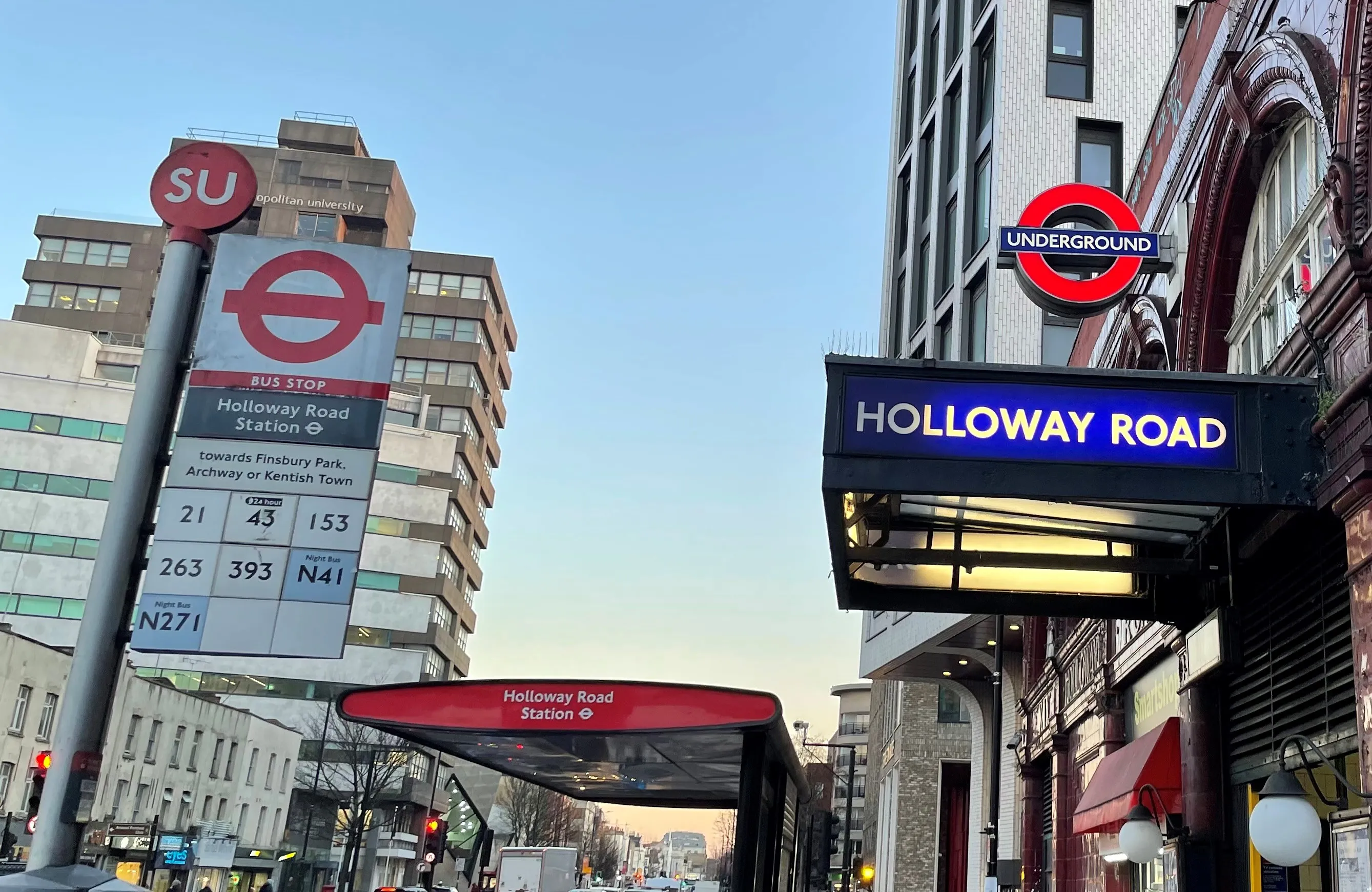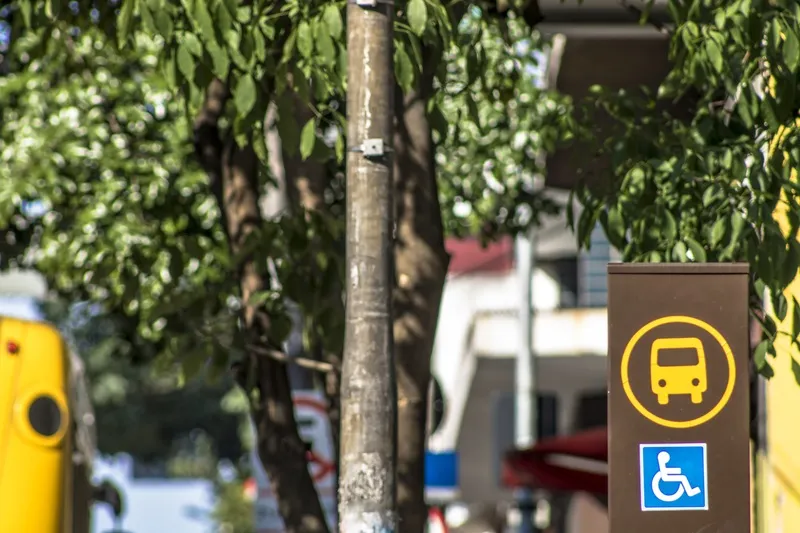David Crawford looks at a global trend towards more efficiency in less space As buses gain increased profile in the public transport mix needed for modal shift, attention is turning towards improving terminal layouts for more efficient handling of services and passengers. Locations, too, tend to be in central areas of cities, where sites are restricted and land values high. Enter the dynamic bus station, which uses modern vehicle identification systems to optimise space use and streamline service operation
April 24, 2013
Read time: 6 mins

David Crawford looks at a global trend towards more efficiency in less space
As buses gain increased profile in the public transport mix needed for modal shift, attention is turning towards improving terminal layouts for more efficient handling of services and passengers. Locations, too, tend to be in central areas of cities, where sites are restricted and land values high. Enter the dynamic bus station, which uses modern vehicle identification systems to optimise space use and streamline service operations, by allocating buses to bays in response to traffic flows and demand. This contrasts with conventional layouts, where all buses have pre-designated bays, though the new systems can allow these to remain unchanged as far as possible in normal circumstances.If a bus is delayed, making it likely that it will arrive at the same time as another heading for the same space, a basic dynamic system can automatically re-allocate one vehicle to a different, nearby, bay. A more advanced, fully-dynamic version can allocate an arriving bus to the next available bay anywhere in the station. In both cases, accurate and highly-visible and real-time information is critical for directing passengers with minimal delays.
For either version, “the technology is essentially the same,” says Warren Drummond, senior product manager at Australia-headquartered
Potential benefits
This offers scope for subsequent modification in either direction, subject to the physical layout of the bus station. Potential benefits include the need for fewer bays, since those provided can be used more intensively, resulting in lower land acquisition, construction and maintenance costs.One possible disadvantage with fully-dynamic systems, cited by operators in some countries which have been looking at them, is the distances that passengers - some with mobility problems - may face in walking. This is, however, little different from that at railway stations, where travellers wait on the concourse for platform departure information.
The Netherlands has been an early adopter of the approach, with its first installations – some by
Dutch company ARS Traffic & Transport Technology (ARS T&T) is currently equipping four new or rebuilt terminals with its Dynamic Bus Platform Assignment and Information System (D-BUS) - either already operational or ready to go live in the near future. All are next to the cities’ central railway stations, with the improvements to bus services intended to encourage more integrated public transport journeys.
Fully dynamic version
D-BUS is designed to accommodate regimes ranging from the basic – with all buses having assigned bays - to a fully-dynamic version based on using a preferred range of them. Says ARS T&T founder director Jan Linssen: “The latter is designed to respect travellers’ convenience.
“It will always attempt to assign the bus to its usual bay, or one nearby, anticipating travellers’ expectations of finding their service in a specific area. The fully-dynamic mode is intended to enable the terminal to respond to patterns of vehicle flows when it is close to reaching its maximum capacity, reverting to the basic mode at other times.
“The system rules and methods can be adapted accordingly, either manually or automatically on the basis of historical data.” In all configurations, passengers are directed by screens integrated into the company’s passenger information display system (PIDS).
Nijmegen, completed in 2010 and fully dynamic, has Imtech-Peek’s Vecom (Vehicle Communications) inductive system for exchanging data between vehicle- and roadside-based equipment as its mechanism for identifying approaching buses for bay assignment. Here, says Linssen, the approach has achieved a 70% reduction in the space needed for the terminal, aided by the use of feeder roads for bus parking and the design of the passenger waiting area.
In Apeldoorn, terminal construction is complete, but D-BUS is not dynamically operational as space availability is not yet under enough pressure and the operator prefers at present to keep buses allocated to permanent bays. However, says Linssen, the system is ready to be switched into the dynamic mode when the terminal does reach the maximum capacity of its current static mode”.
Final stages of testing
At the rebuilt Haarlem bus station, the system is in its final stages of testing with optical character recognition (OCR) providing the recognition for buses nearing the terminal, using cameras and software developed by the company. Says Linssen: “the job can be done with short-range RFID links to equipped buses, which is perfectly technically feasible. But it may, in practice, not always be easy to achieve good results without very good logistics as, in busy operational periods, additional buses without transponders may have to be leased short-term.”
The OCR cameras read the service number on the destination blind of an approaching bus being readied for its next trip. The system matches this number to the schedule, to determine the next departure time, assign the bus to a bay as necessary and set the passenger information displays with the relevant guidance. Roadside displays give bus drivers directions to their bays.
(Some authorities and operators have considered automatic number plate recognition (ANPR) for vehicle identification. The problem here is that, at busy times, buses can follow each other in quick succession, making effective capture of the necessary detail problematic).
In addition to the bay displays, ARS T&TT has installed two large overall screens giving real-time passenger information (RTPI) and bay allocations for all routes. Blind and visually impaired travelers have access to an audio alternative.
Hilversum, also using OCR, is due for completion during 2013.
Feasibility trial
On the other side of the world, Australian public transport system specialist Vix Technology has recently completed a 12-month feasibility trial for a planned fully-dynamic terminal for
Carried out on 80 vehicles operating out of the city’s Karrinyup depot, the trial has paved the way for the bus component of the State Government’s Perth City Link redevelopment project, designed to reconnect the central business district with cultural and entertainment zones.
The enabling element is the removal of a major physical barrier by transferring the currently at-grade Fremantle suburban railway
line underground. The excavation, to be covered by a 5.2ha city centre precinct, will also accommodate a new underground bus station, for whose construction the request for proposals came out in January 2013.
To save costs, its footprint will need to be substantially smaller than that of the existing Wellington Street complex, using the dynamic assignment approach. Other potential Australasian locations for the technology are in Wellington and Christchurch, in New Zealand.
In Europe, the company is due – by end-2013 - to have installed dynamic allocation in the already operational 13-bay Chatham
Waterfront bus station in Medway, England. The system will use data from a Cutlas central control system (supported by Imtech-Peek) as part of a wider urban traffic management and control (UTMC) installation.
The architecturally prominent Waterfront has replaced an inadequate and outdated bus station inside the town’s Pentagon shopping centre (which has, as a result, gained space for retail expansion). It forms part of plans to enhance the local transport infastructure and impel Chatham towards its target of becoming a ‘city centre’ for Medway.










